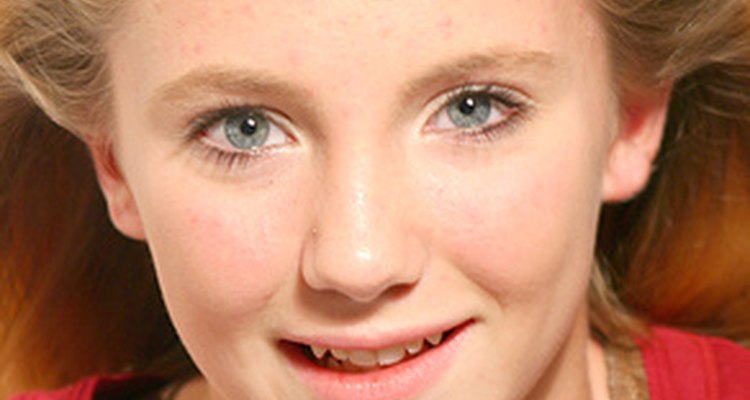
Dark spots on skin can take a toll on a person's self-esteem--and with cheeks, the upper lip, and the forehead being the most common areas, it's difficult to mask them. However, LED light therapy can help diminish the appearance of dark spots, which, in turn, will bolster self-confidence.
History
According to Hollywood Beauty Secrets, LED light therapy (also called photo rejuvenation) has been used by NASA, the U.S. Army and major athletes to encourage speedy healing. Today, LED is used for cosmetic purposes and is known for being an effective (and non-invasive) way to treat age spots and repair the skin overall.
Function
LED uses various colors of light to create an anti-aging effect on the skin. These wavelengths of light stimulate cell activity and create collagen and elastin in the skin, which leads to healthier skin.
Time Frame
LED can help to fade age spots after approximately three to four weeks of daily exposure to LED light. A way to help speed up the fading process is to apply a fading cream daily while undergoing light therapy treatment.
Considerations
LED therapy can be done at home with an LED light or in a spa or salon. Either way, the concept and the technology are basically the same.
Warning
While LED therapy has many advantages when it comes to eliminating brown spots, Light Sound Therapy states that too much light can damage skin, depleting the amount of vitamins A and C in the skin. For these reasons, LED is almost always safer when performed by a licensed practitioner.
Related Articles

Benefits of Shea Butter and Coconut Oil ...

What Are the Dangers of Fraxel Repair?

Why Does the Tanning Bed Make You Happy?
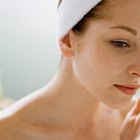
Can Tri-Luma Be Used to Fade Acne Scars?
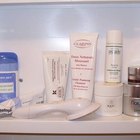
Does Microdermabrasion Work to Remove ...

What Are the Dangers of Photofacials?
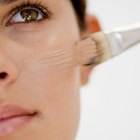
Ingredients in Maybelline Foundation

Can Age Spots Be Reversed?

How to Make G Shock Light Up Different ...

Soy Skin Benefits

Definition of Skin Bleaching

Chasteberry for Acne

Removing Acne Scars With Tretinoin Cream

Homeopathy Cure for Stretch Marks
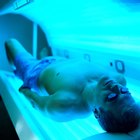
Phototherapy Vs. Tanning Bed

The Difference Between Retin A & Renova
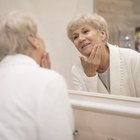
Elastin Supplements

Estrogen in Skin Creams

Vitamins for Fair Skin
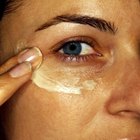
The Best Facial Moisturizers for People ...
References
Writer Bio
Rachel Oliva is a writer/actress who has been writing since 2005. She has been published in "Valley Scene Magazine" and her voice has been featured in television and radio ads across the country. She holds a Bachelor of Arts in theater and psychology from Augsburg College. She studied acting at the Actors Studio and the Royal Theatre and writing at the UCLA Writer's Program.
Photo Credits
what a face image by Kelly Kane from Fotolia.com